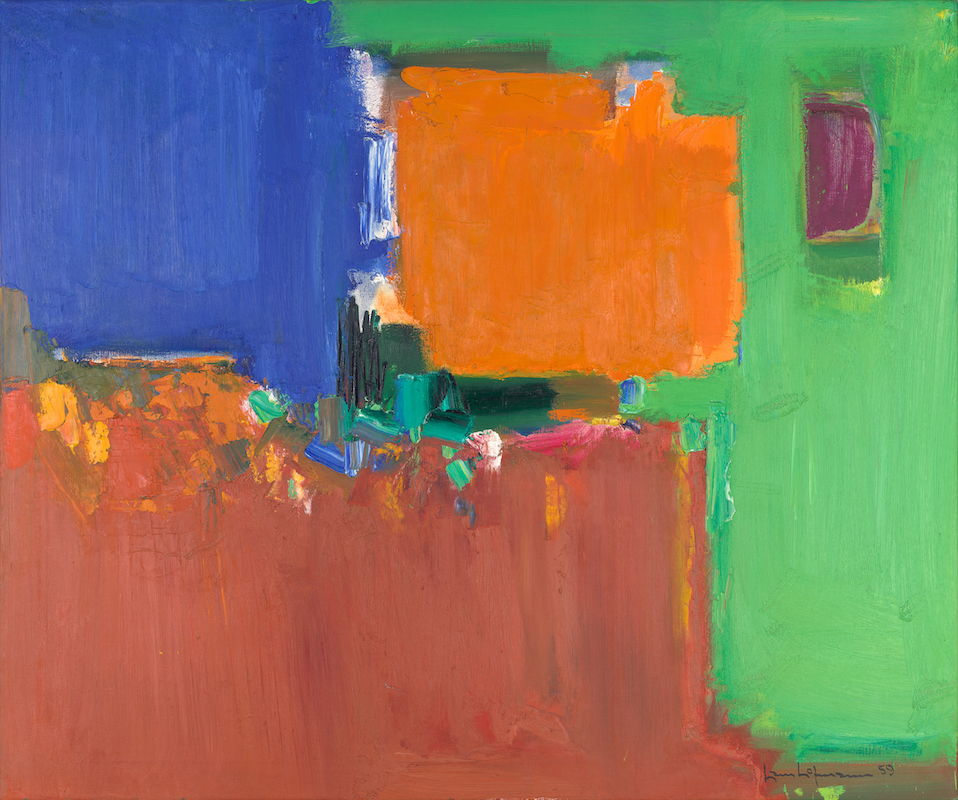Born in Bavaria in 1880, Hans Hoffman was raised in Munich, where he showed early promise as an art student.
By the beginning of the 20th century, he found himself in Paris, at the epicenter of the avant-garde of creative thought.
None of it was lost on him. “He was a contemporary of Picasso,” says Lydia Gordon, curator at the Peabody Essex Museum in Salem, Mass. “There, he was learning about color, cubism and dimension.”
It all stayed with him as he returned to Munich with the outbreak of World War I, then moved to Berkeley in 1930, to the Art Students League in New York in 1932, eventually opening a school in Provincetown, Mass. in 1935. All the while, he was exploring principles of modern abstract painting – while open to inspiration and influence from his students.
“He was moving away from a representational way of thinking to movement and dynamics,” she says. “He served as conduit and link to European modernists and the avant-garde, and new ways of thinking about modern art – and fostering creativity among American artists who were hungry about what art could be.”
On Sept. 21, an exhibition at the Peabody Essex Museum in Salem, Mass. will explore 46 of his paintings and works on paper from 1930 through the end of Hofmann’s life in 1966. It’s about the artist’s journey into abstraction, and his deep contribution to the artistic landscape of New England.
“He’s often called the grandfather of abstract expressionism,” she says. “He taught painters and filmmakers and performance artists and designers – he opened up doors for his students and himself.”
Organized by UC Berkeley Art Museum and Pacific Film Archive (BAMPFA), the exhibition presents the most comprehensive examination of Hans Hofmann’s innovative and prolific artistic career. “You almost feel his creative spirit and energy,” she says.
It’s powerful work – from a modern master who blazed a trail for generations to follow.
For more, go here.
[slideshow id=2078]

